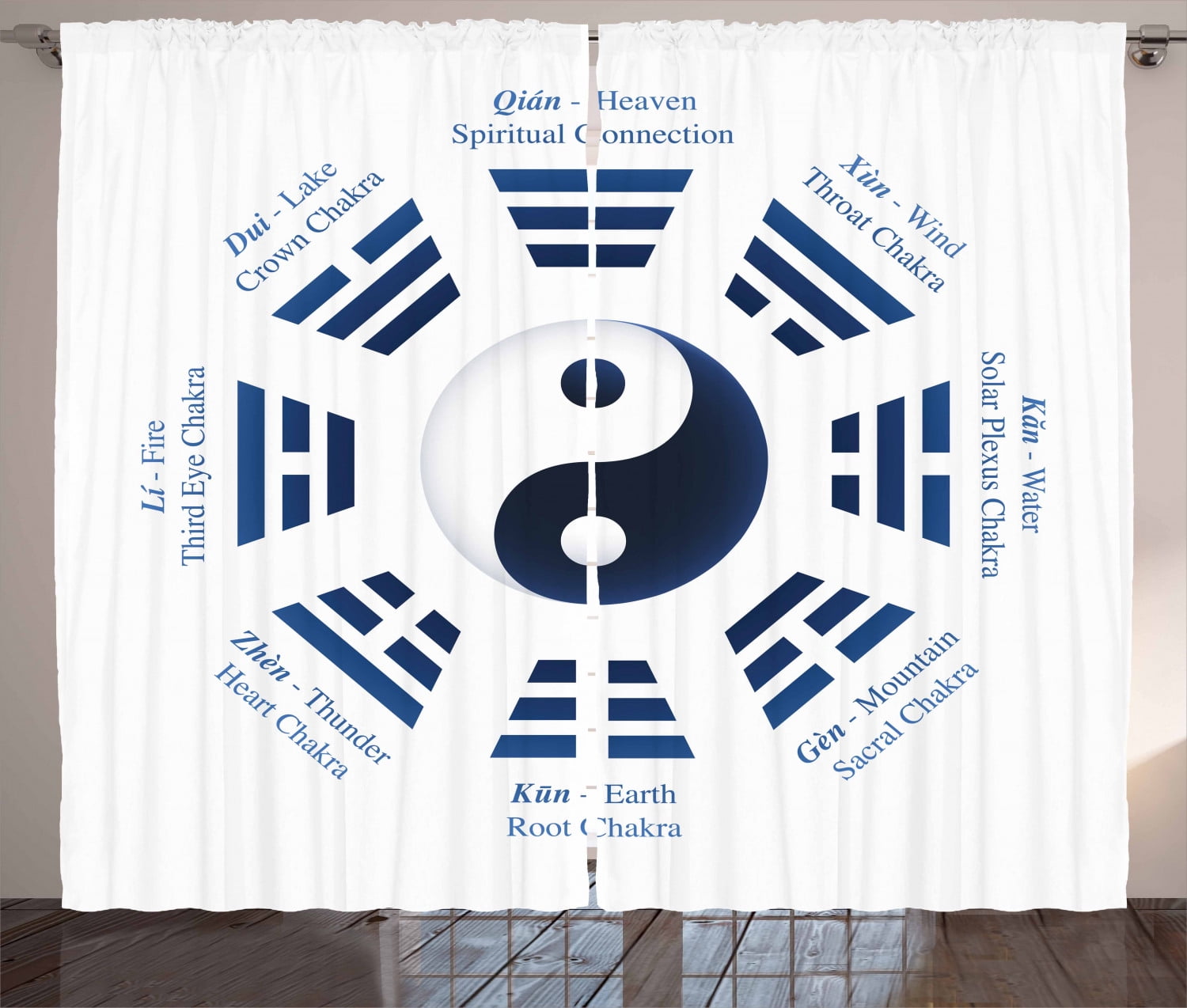

Yin and Yang can only be defined in relation to each other : they interact in interdependence.

Yin symbolizes darkness, cold, interiority, suppleness, femininity, while Yang is associated with light, heat, exteriority, rigidity, masculinity. Taijitu, motionless, represents the unity beyond the dualistic movement apparently generated by Yin and Yang. The static side of the symbol that represents them, called Taijitu, is equalled only by the universal dynamicsthat they carry. The manifest, the real, is enshrined in these principles. The Yin and Yang principles represent the incessant transformations of all aspects of life and universe. That is to say : no situation is ever fixed since it is part of the permanent movement of the universe. However bearing in mind the notion of evolution inherent in the manifestation of events. I Ching is a book of philosophy and cosmology that can also be used for divination. It is considered to be the oldest Chinese text, however its date of elaboration is not known with certainty : according to hypotheses it varies from the beginning of the 8th century BC to the beginning of the Christian era. This book was for him a method of exploring the unconscious. Yin Yang : meaning and philosophy The book of transformationsīefore developing the notion of synchronicity, Jung became interested in the I Ching, the Book of Transformations in 1924. Only if the activated archetypes in the individual psyche are related to danger, risk or fatal circumstances would synchronicities manifest themselves, according to Jung. The latter can be emotional or intellectual and are common to all humanity… since the beginning of time ! As a result, the archetypes are both intimate and impersonalin nature. When they are active in our psyche, archetypes unconsciously produce certain types of behaviour. They are symbolic and serve as a modelfor us. It would explain, for example, the phenomena of telepathy.Īrchetypes are part of this field of information, like so many primordial images found in tales, legends, dreams or myths of universal literature. It is a field through which information is transmitted. the experience of all human history that we have inherited. Collective unconscious represents the unconscious psyche common to humanity, i.e. « The strange principle of synchronicity acts in the world when certain things (…) behave as if they were the same thing, but they are not from our point of view. » Īccording to Jung, synchronicities revolve around two fundamental notions : collective unconscious and archetypes. He called « Unus Mundus » this concept of unity of reality, in which : However, we will only talk about synchronicity if this event takes on a particular meaning for us, we will come back to it in the next article (online soon).įor Jung, these two events – psychic and physical – would in the end be only two aspects of the same reality. The most common example is the person we haven’t heard from for a long time, who calls us exactly when we think of her. More precisely, synchronicity is a correspondence in time between a psychic event – that is, a state of consciousness – and a physical event. Understanding synchronicities Two aspects of the same reality The term is opposed to « synchronism », which refers to the simple simultaneity of two events. » After many revisions of the concept, he defined synchronicity as « a temporal coincidence of two or more events without a causal link between them and having the same or similar sense. The term « synchronicity » first appeared in 1928 and was coined by the Swiss psychoanalyst Carl Gustav Jung.


 0 kommentar(er)
0 kommentar(er)
